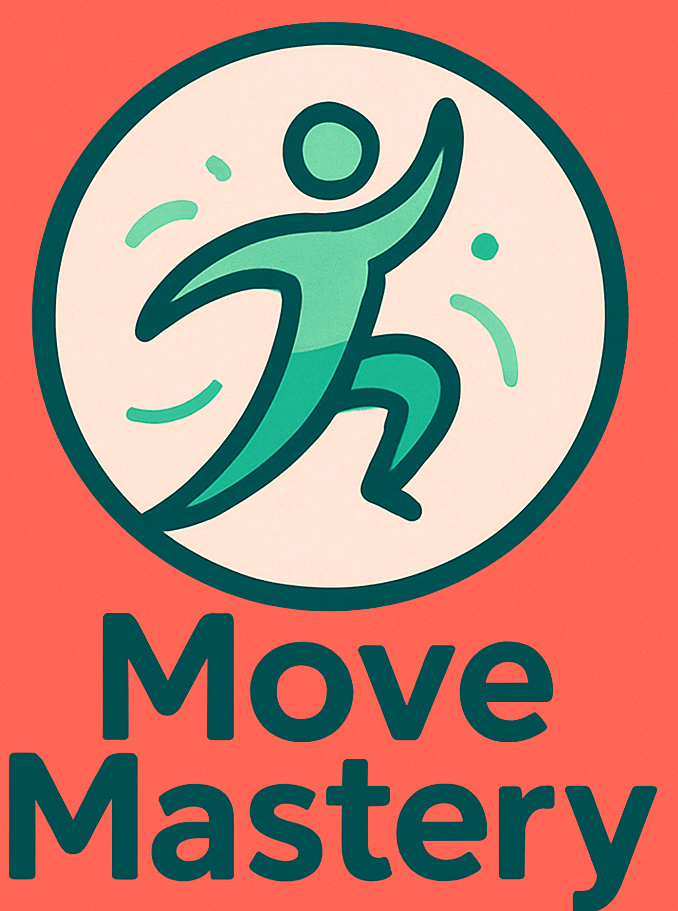
Bodyweight exercises are awesome for getting fit without fancy equipment. They’re all about using your body to build muscle, flexibility, and endurance. But hey, when you’re starting out, it’s easy to trip up. Beginners often miss a few steps that can lead to injuries or slow results, and nobody wants that!
Skipping warm-ups is a big one. I get it; you’re excited to jump in, but warming up is crucial. Think of it as your body’s wake-up call, getting the blood flowing and joints ready to rock. A good 5-10 minutes of arm circles, leg swings, or a light jog does wonders.
Another major misstep is getting the form wrong. It’s common for beginners to rush through exercises, using incorrect posture and technique. This not only affects performance but can seriously mess up your muscles. Taking the time to learn the proper form can save you from a world of hurt.
Understanding where you might slip up helps in setting the right path from the get-go. Armed with some basic knowledge, you can steer clear of common mistakes and make your workouts safer and more effective. It’s all about starting strong to keep motivated and seeing results faster.
Fundamental Errors in Form and Technique: How to Get It Right

So, you’ve heard about the magic of bodyweight exercises, but getting the form right? That’s where beginners often trip up. Imagine trying to bake a cake but forgetting the sugar. The result? Not so sweet. The same goes for exercise form.
Let’s talk push-ups. Chest too high? Elbows flaring out? It’s a fast track to shoulder pain. Keep that body straight as a plank, lowering until your chest almost touches the ground. Your elbows should graze alongside your body like a train on tracks.
Now, when it comes to squats, if your knees are over your toes or your back’s hunched over, you’re shouting ‘Hello!’ to potential injuries. The trick is to sink your hips back like you’re sliding down into an invisible chair, keeping everything aligned.
You might want to consider recording your exercises. Sounds awkward, I know, but seeing is believing! It’s an easy way to catch mistakes you didn’t even know you were making. If not that, think about getting some feedback from a coach. A little expert nudge can make a world of difference.
Good form isn’t about being gym-perfect from day one. It’s about building a solid foundation to avoid injuries and maximize your workout’s benefits. Embrace the learning curve and pat yourself on the back for every tweak and improvement. Your future self will thank you!
Balancing the Exercise Routine: Avoiding Imbalances and Overtraining
Bodyweight exercises are all about balancing strength across your whole body, not just pumping up your arms or legs. Imagine building a house but forgetting the foundation—you’re setting yourself up for a wobbly future! Beginners often fall into the trap of focusing on upper body exercises, leaving the lower half to lag behind.
Skipping leg day is like eating a burger without the bun. You need a balanced approach for full-body health. Engage lower-body muscles with lunges, step-ups, and glute bridges to ensure your workout hits all the right notes.
Overtraining is another pitfall that many newcomers stumble into. The excitement of new exercises can lead you to bite off more than you can chew. Your body needs time to recover, so try starting slow and building your way up. This helps prevent fatigue and injuries, keeping those gains coming long term.
And don’t forget the powerhouse of it all—your core! Many beginners might not realize it, but a strong core is key for stability in any exercise. Planks and hollow body holds aren’t just moves to create washboard abs but are critical for maintaining good form and preventing injuries.
By balancing a variety of exercises and giving your body the rest it deserves, you’re setting a smart foundation for long-term fitness success. So, mix it up, keep it diverse, and remember that recovery is just as important as the workout itself!
Progression and Consistency: The Keys to Long-Term Success

Consistency is that little magic ingredient your workout regimen can’t do without. It’s all about showing up, even on days when you’d rather chill. Sporadic workouts make it hard to see real progress, so it’s a solid idea to set a regular schedule. Aim for hitting the mat about three to four times a week to keep the momentum going.
Ever heard of hitting a plateau? It’s what happens when you stick with the same exercises at the same intensity for too long. The body gets used to it, and the gains slow down. Mixing it up and adding more reps, sets, or even tweaking the difficulty can make a huge difference. Think of transitioning from regular squats to single-leg squats or adding some pauses in planks. The aim is to keep challenging yourself.
Keeping things fresh can also keep motivation levels high. Tracking your progress is super rewarding—plus, seeing how far you’ve come can light a fire under you to keep pushing. Celebrate those milestones, no matter how small, because each one is a step closer to your fitness goals.
Remember, fitness isn’t a sprint. It’s a marathon where every move counts toward a healthier, stronger you. Stay consistent, tweak routines as you advance, and know that every bit of effort piles onto the one before, bringing you closer to where you want to be. Stay patient and stay the course!
There you have it, folks. Let me hear from what could’ve been your mistake when starting. I remember my first was nearly an injury. I fell on my back while doing improper squats. Fortunate for me, I was having a trainer who, after the near injury, corrected me and told me the importance of doing exercises properly. Her exact words were, rather do a few wraps in the right way thanto do more in a wrong way. From that day on, I do things the way.
Share your journey, give tips, or ask any question. I would love to hear your story. Let us build this community together. Leave a comment Ciao!
<script async src="https://pagead2.googlesyndication.com/pagead/js/adsbygoogle.js?client=ca-pub-9579274113620902"
crossorigin="anonymous"></script>